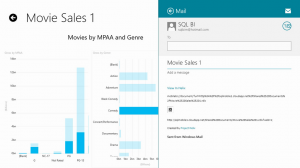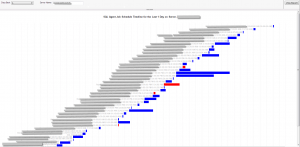Two Dimensional Python Matrix Data-Structure with String Indices (Indexes)
Today I was trying to create a 2 dimensional data structure that can be queried using string indices rather than integer ones, this is using Python which am a total newbie in (but trying to write a research project using).
The idea was to find something natively within Python, rather than implement my own structure, such a data-structure is fundamental in programming theory, so a very likely chance that an out-of-the-box implementation exists already in most languages, and they are generally a dimensional extension of Arrays (Array of Array), Lists (List of Lists) or Dictionaries (Dictionary of Dictionary), but with string rather than integer indexes.






